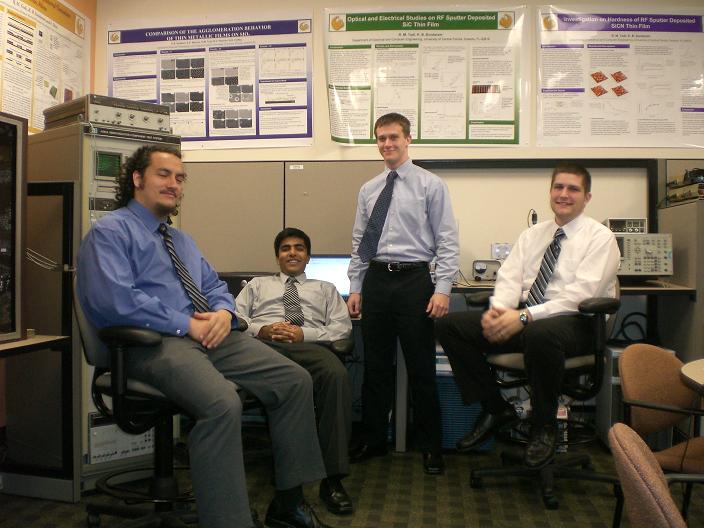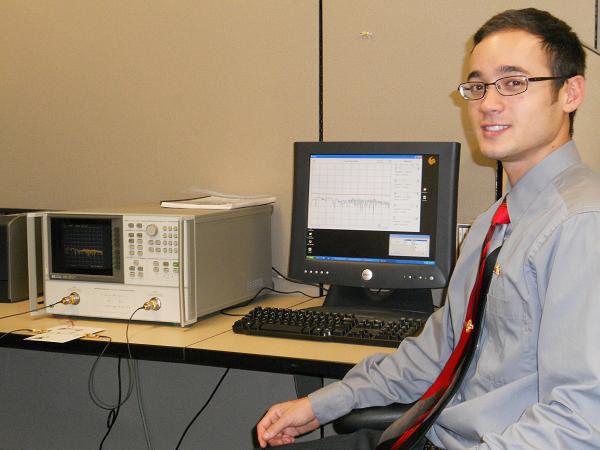Current Research

BioMedical Nanoelectronics Research
Biomedical Nanoelectronics and Neurotransistor
A
"neurotransistor" connects a network of
living brain cells wired together to a transistor incorporated on a silicon
chip using nanotechnology. An individual neuron is attached to the gate of a neurotransistor and feeds essential nutrients and grows
dendrites that branch out and make connections with other neurons attached to
the gates of other neurotransistors. As a result each
neuron can be recorded and manipulated by the transistor. This novel technology
is used in studying the development of living neural networks. This
“hybrid” neural network will allow the study of how neurons
maintain and change their interconnections with time. It will also enable the study of
chemical reactions at the “synapses” for long periods of time.
These
biochips are of extremely small size (smaller than the thickness of a hair) and
are being fabridated using nanotechnology. A biochip with memory and sensors (just
like a computer chip) may mimic the function of neurons in the brain (neurons
are brain cells). Silicon Germanium
Bio-Electronics nanotechnology is being developed for the investigation of
living neural networks of the brain.
The chip can be used to replace the damaged part of the brain for
Alzheimer's and Parkinson’s.
Silicon-Germanium
Nanotechnology for Microwave Applications
Silicon
germanium (SiGe) nanotechnology is being developed
for the investigation of low noise electronics for space communication
applications. The electronic devices and circuits are being fabricated on
silicon-germanium virtual substrates using Nanotechnology.

Students at
University of Central Florida
Cryogenic Nanoelectronics for Space-Borne Systems
Concerns
exist regarding the ability of currently available electronics to operate at
temperatures below 40K for deep space probe missions. Therefore, the
development of electronics devices and systems which can function and cold
restart over the range from 77K down to 20K offers great advantages for future
space missions. Currently, the bandgap engineering of
SiGe is being investigated to design, fabricate and
test 77K to 20K nanoelectronics.
Overall Research Impact
Dr.
Kapoor has published over 170 scientific papers in
prestigious journals and scientific conference publications. He has been a major advisor for 40 M.S.
and Ph.D. student theses/dissertations and directed 38 undergraduate
students’ projects/theses with multimillion dollar research grants from
federal/state government and industry.
His students have been faculty at U.S.A. universities or have
responsible positions at major high-technology companies. The overall research funding of Prof. Kapoor has been approximately 300K per year (1978-2008) in
addition to teaching undergraduate and graduate courses. His overall student course evaluation
ratings have been from excellent to very good teacher.

Microwave Network Analyzer Design Project